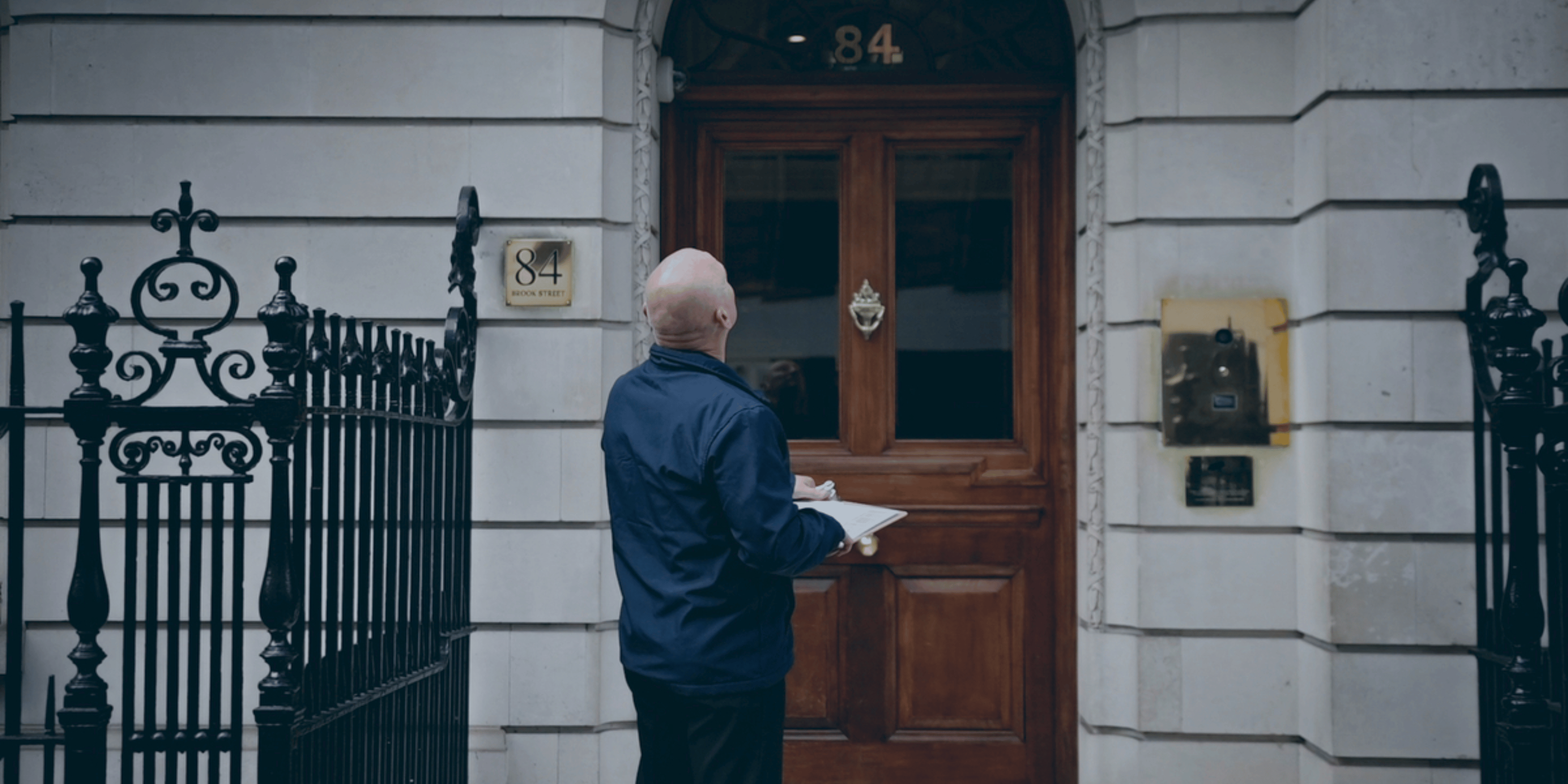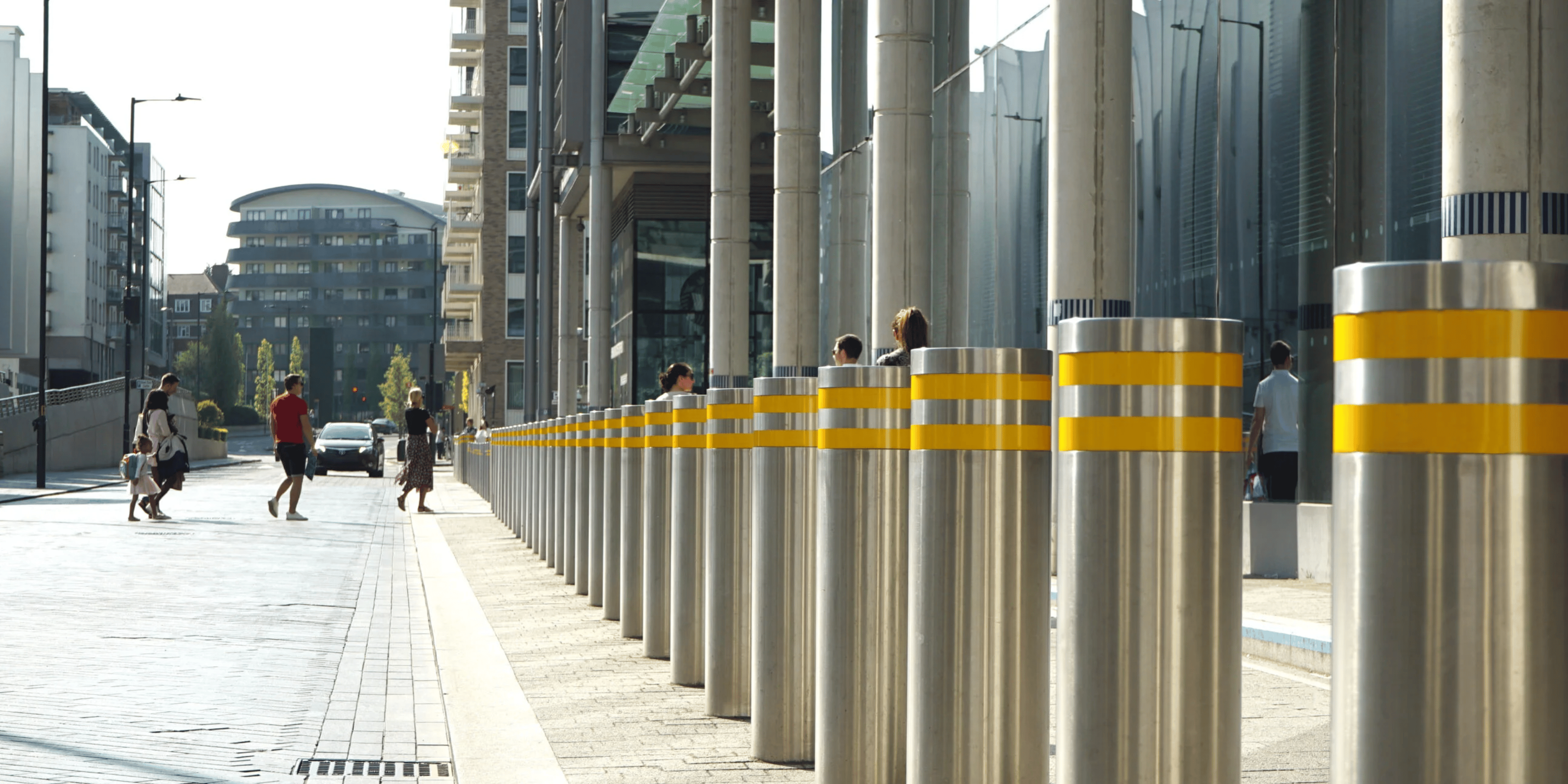
Enhance Construction Safety with Effective Commercial Security Solutions

Overview
Effective commercial security solutions significantly enhance construction safety by integrating physical security measures, advanced surveillance technologies, and robust access control systems. This integration not only deters unauthorised access and vandalism but also ensures compliance with safety regulations and enhances operational efficiency. Ignoring these security measures can lead to financial losses, operational disruptions, and reputational damage, ultimately jeopardising valuable assets and personnel on construction sites.
Priority First emerges as a pragmatic solution, offering a well-rounded approach to security that prioritises business resilience and economic logic.
Introduction
The construction industry faces significant security challenges, with theft and vandalism incidents costing businesses billions annually. This reality underscores the critical need for effective commercial security solutions. As construction sites increasingly become targets, the implications for businesses are profound: ignoring these risks can lead to substantial financial losses, operational disruptions, and reputational damage.
Priority First emerges as a pragmatic solution, advocating for a multifaceted approach that not only safeguards valuable assets but also ensures compliance with safety regulations. In practise, implementing robust security measures is not merely an expense; it is a vital investment in business continuity.
What strategies can construction managers adopt to foster a secure environment amid these rising threats?
Define Commercial Security Solutions for Construction Sites
Commercial security solutions for construction sites encompass various measures aimed at safeguarding assets, personnel, and ongoing projects. Notably, physical security employs barriers such as fencing, gates, and security personnel, effectively deterring unauthorised access and establishing a secure perimeter around the site.
Surveillance systems, featuring advanced CCTV cameras and monitoring capabilities, provide real-time oversight, facilitating immediate identification and response to incidents. The integration of AI technology enhances these systems, enabling automated threat detection and reducing false alarms by up to 85%.
Access control mechanisms, including ID badges, biometric scanners, and mobile credentials, ensure that only authorised personnel can enter sensitive areas, thereby bolstering overall protection. Alarm systems serve as an additional safeguard by notifying personnel of unauthorised access or breaches.
Furthermore, the establishment of emergency response plans with clear procedures for addressing incidents such as theft, vandalism, or hazards ensures that teams can respond effectively and minimise disruption.
By amalgamating these elements, construction sites can forge a robust protective framework that not only incorporates commercial security solutions to address specific challenges but also enhances overall safety and operational efficiency. The transition to cloud-managed systems further supports this integration, offering flexibility and scalability while ensuring compliance with privacy regulations.
Identify Unique Security Challenges in Construction
Building locations encounter a range of distinct safety challenges that can significantly impact project timelines and budgets. In 2025, over 11,000 theft incidents were reported in the UK construction sector, resulting in financial losses exceeding £1 billion annually. The reality is that the cost of stolen equipment surpasses this figure when accounting for replacement expenses and project delays. Priority First addresses this challenge with tailored alarm response services and comprehensive commercial security solutions, ensuring prompt reactions to incidents and enhancing overall location security, as evidenced by the multi-use complex project in Chelsea.
Unprotected locations often attract vandalism, leading to costly damages and potential project delays. Incidents such as spray painting and broken doors not only incur repair costs but can also introduce hazards, including arson. The lesson is clear: the financial repercussions of vandalism can escalate quickly, disrupting construction schedules and inflating overall project costs. Priority First's integrated location logistics services help maintain a secure environment, effectively deterring vandalism through vigilant monitoring and access control.
Without robust access control measures, unauthorised individuals can easily access construction sites, posing risks to safety and potential liabilities. This issue is exacerbated by the absence of proper cheque-ins or ID verification, allowing unauthorised persons to blend in with legitimate workers. Priority First prioritises the establishment of strong access control systems, ensuring that only authorised individuals can enter the site, thereby enhancing security and compliance.
Ensuring compliance with health and safety regulations can be challenging, particularly when protective measures are not aligned with health protocols. The presence of unauthorised individuals increases the risk of accidents and injuries, complicating compliance efforts. Security lapses can significantly heighten these risks, making it vital to maintain stringent access controls. Priority First's comprehensive commercial security solutions are designed to seamlessly integrate with health and safety protocols, fostering a safer working environment.
Construction sites are also vulnerable to environmental hazards, which can be exacerbated by inadequate protective measures. For example, open gates or loose panels can allow trespassers, including children and photographers, to enter potentially hazardous areas. Priority First's CCTV monitoring services provide continuous surveillance, serving as both a deterrent and a tool for real-time threat detection, thereby mitigating environmental risks.
Addressing these challenges necessitates a multifaceted strategy that combines strong physical protection measures, advanced technology, and effective management practises. Conducting thorough risk assessments to identify vulnerable areas for surveillance coverage is essential, as is implementing advanced video surveillance systems for effective monitoring. By establishing comprehensive protective measures, businesses can safeguard valuable assets while ensuring the well-being and efficiency of construction operations.

Integrate Advanced Technologies for Enhanced Security
Incorporating advanced technologies into commercial security solutions significantly enhances both protection and operational efficiency. Key technologies include:
- AI-Powered Surveillance: Intelligent CCTV systems equipped with automated threat detection can identify suspicious activities in real-time, thereby reducing response times and improving overall site safety. Companies utilising AI surveillance have reported savings of up to £80,000 in claim-related losses, showcasing the financial benefits of these systems.
- Access Control Systems: Modern systems leverage biometric verification and mobile access to ensure that only authorised personnel can enter the site. This is essential, as effective access control can prevent unauthorised entry and improve overall protection. Statistics indicate that organisations implementing advanced access control systems experience a marked decrease in incident rates.
- Predictive Analytics: Tools that examine historical data to anticipate possible breaches allow for proactive measures to be implemented. By anticipating vulnerabilities, construction managers can address risks before they escalate, contributing to a safer work environment.
- Remote Monitoring: Cloud-based systems allow personnel to observe locations from any place, guaranteeing continuous supervision. This capability is essential for maintaining security across multiple locations, particularly in large-scale projects.
- Drones: Drones can be utilised for aerial surveillance, offering a thorough perspective of the location and detecting weaknesses that may not be apparent from the ground. Their use has been shown to enhance situational awareness and improve response strategies.
By utilising these technologies, alongside the principles of High-Value Management (HVM)—which focuses on client-centred protection, flexibility, and professionalism—construction sites can implement commercial security solutions to create a more secure atmosphere that discourages threats and boosts security, ultimately resulting in enhanced operational performance.

Implement Best Practices for Effective Security Management
To ensure effective security management on construction sites, it is essential to adopt best practises that incorporate commercial security solutions to protect assets and enhance compliance with safety regulations.
-
Conduct Regular Risk Assessments: Systematic evaluations of the site for potential vulnerabilities are crucial. Regular risk assessments assist in identifying dangers and enable prompt modifications to protective measures. For instance, Priority First's thorough building audits and risk evaluations have proven vital in various projects, including the luxury hotel development on Sloane Street, where customised protection strategies, such as key holding and alarm response, were employed to mitigate risks effectively.
-
Train Personnel: Comprehensive training for all staff on safety protocols, emergency response procedures, and the importance of reporting suspicious activities is essential. Effective training equips staff with necessary skills and fosters a culture of vigilance. Priority First emphasises this through its commercial security solutions, ensuring that well-trained personnel significantly enhance site safety and reduce incident rates.
-
Establish Clear Communication Channels: All team members must understand how to report safety concerns. A clear chain of command for addressing incidents ensures swift action and accountability, which is crucial for maintaining a secure environment. Priority First's logistics management services include setting up these communication protocols to improve operational efficiency and safety.
-
Utilise a Layered Protection Approach: Implementing a combination of physical barriers, surveillance systems, and trained personnel creates multiple layers of protection. This integrated method enhances commercial security solutions by providing better protection against unauthorised access and potential threats, making it more challenging for intruders to breach the site. For example, Priority First's implementation of CCTV surveillance and staffed protection services has proven effective in preserving site integrity across multiple projects.
-
Review and Update Protection Policies: Regularly reviewing and updating protection policies and procedures is necessary to adapt to evolving threats. This proactive approach ensures that protective measures remain effective and relevant, ultimately safeguarding both assets and personnel. Priority First's commitment to ongoing enhancement in safety management exemplifies best practises in commercial security solutions, ensuring that their strategies adapt to the evolving landscape of threats.
By implementing these best practises, construction site managers can establish a robust security framework that not only protects their assets but also ensures compliance with safety regulations, thereby enhancing overall site safety.

Conclusion
Implementing effective commercial security solutions is essential for enhancing safety on construction sites. These solutions protect valuable assets and personnel while ensuring projects run smoothly without costly interruptions. By integrating advanced technologies and adopting best practises, construction managers can create a secure environment that minimises risks and maximises operational efficiency.
The reality is that physical security measures, such as fencing and surveillance systems, are critical, alongside robust access control to prevent unauthorised entry. The financial implications of theft and vandalism are significant; tailored security strategies can mitigate these risks effectively. Furthermore, the integration of AI technology and remote monitoring elevates security management, providing real-time oversight and proactive threat detection.
In practise, the significance of prioritising security in the construction industry cannot be overstated. As the landscape of construction evolves, embracing advanced security technologies and best practises is crucial for safeguarding projects and ensuring compliance with safety regulations. By taking action now to enhance security measures, construction site managers can protect their investments and foster a culture of safety that benefits all stakeholders involved.
Frequently Asked Questions
What are commercial security solutions for construction sites?
Commercial security solutions for construction sites include various measures designed to protect assets, personnel, and ongoing projects. These measures encompass physical security, surveillance systems, access control, alarm systems, and emergency response plans.
How does physical security protect construction sites?
Physical security employs barriers such as fencing, gates, and security personnel to deter unauthorised access and establish a secure perimeter around the construction site.
What role do surveillance systems play in construction site security?
Surveillance systems, including advanced CCTV cameras, provide real-time monitoring, allowing for immediate identification and response to incidents. The integration of AI technology enhances these systems by enabling automated threat detection and reducing false alarms.
What types of access control mechanisms are used on construction sites?
Access control mechanisms include ID badges, biometric scanners, and mobile credentials, which ensure that only authorised personnel can enter sensitive areas.
How do alarm systems contribute to construction site security?
Alarm systems notify personnel of unauthorised access or breaches, serving as an additional safeguard to protect the site.
Why are emergency response plans important for construction sites?
Emergency response plans establish clear procedures for addressing incidents such as theft, vandalism, or hazards, ensuring that teams can respond effectively and minimise disruption.
How do cloud-managed systems enhance construction site security?
Cloud-managed systems support the integration of various security elements by offering flexibility and scalability while ensuring compliance with privacy regulations.




